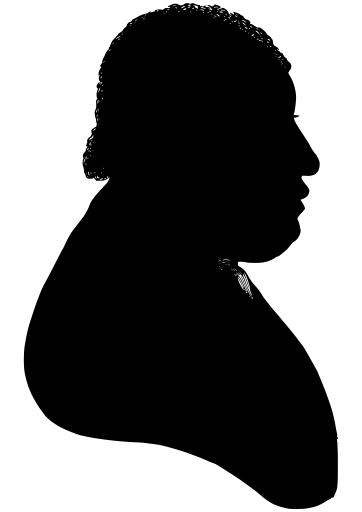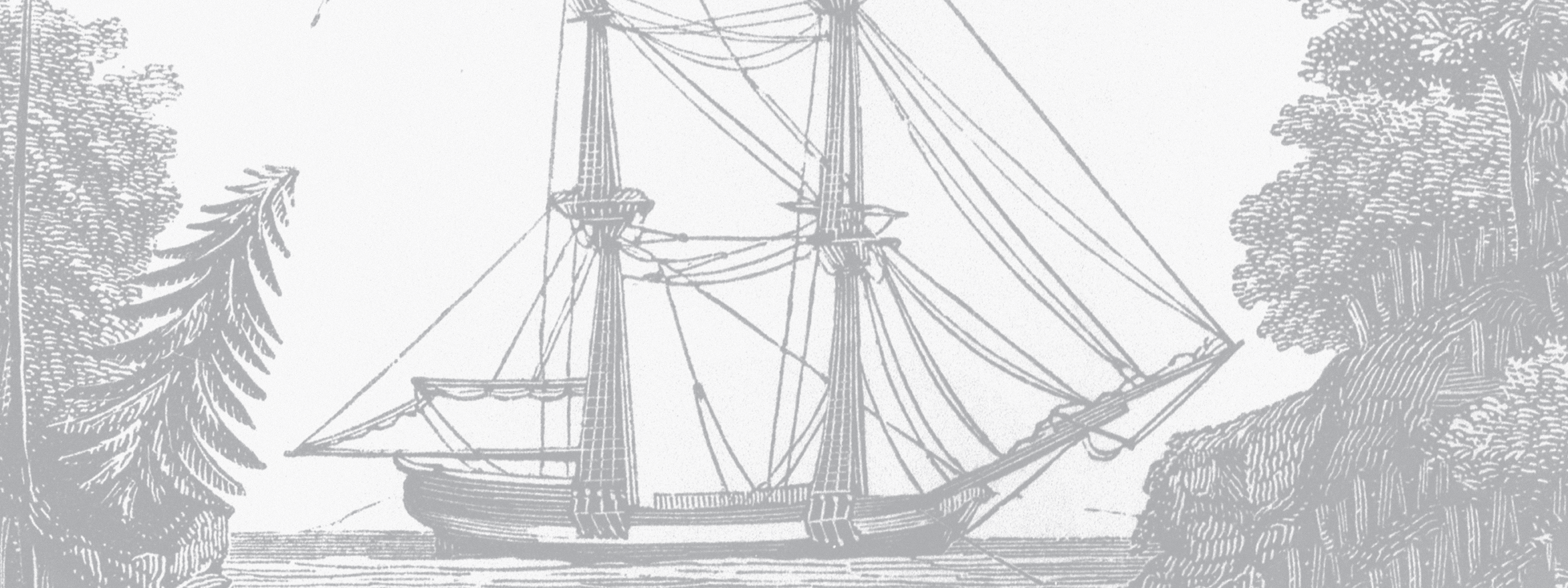Menu toggle
The CAPT Paul Cuffe Global Institute
Life of Captain Paul Cuffe
Paul Cuffe was born in 1759 on the island of Cuttyhunk. He was the son of Ruth Moses, a Wampanoag woman, Cufe (from the Ashanti region day-name Kofi) Slocum, an African man who was a freed slave and farmer. Paul Cuffe was the 6th of 10 children, and the family eventually moved to Dartmouth, Massachusetts when his parents purchased land. From his youth, Paul Cuffe worked for the benefit of his family and later for the benefit of his entire community. Cuffe first learned the art of navigation in 1773 after joining his first whaling voyage at the young age of 14. Cuffe’s maritime abilities were put to test again a few years later during the Revolutionary War when he would slip past British Blockades to deliver much needed goods to Nantucket and Martha’s Vineyard. He experienced quite a bit of difficulty in the beginning and was even robbed by pirates on at least one occasion. However, his time whaling and boyhood spent on the Elizabeth Islands no doubt helped him navigate those waters on moonless nights. These efforts gained him much admiration and gratitude from local families as well as prominent members in the industry that would later become friends and business partners. In 1783 he married Alice Abel Pequit, a Wampanoag woman from a prominent family of the Aquinnah tribe on Martha’s Vineyard (Noepe). When he met with James Madison in 1812 to discuss the release of his cargo from the British embargo, he was thought to be the first black man to be granted an audience with a sitting United States President. Paul Cuffe spent most of his life fighting for equality and worked with both white and black abolitionists in the U.S. and England to end slavery. Cuffe also established a free, integrated public school in Westport, one of the first in the country.
Captain Cuffe was a Master Mariner and whaler, successful businessman, educator and community advocate, philanthropist and visionary until his death in 1817. Whether the business was shipping, whaling, trade, or running a store, Paul Cuffe was very successful. He was likely the wealthiest person of color in the U.S. during his lifetime and much of his wealth went back to the community. After his initial success in whaling, he later moved on to shipping and shipbuilding and had the foresight to invest what he initially earned into expanding and improving his business. In 1789 he purchased a property on the Acoaxet (now Westport) River and established a wharf and boatyard where he built a fleet of ships. He partnered with his brother-in-law, Michael Wainer, to expand their trade network up and down the Atlantic Coast. His ships consisted of crew members from all backgrounds, sometimes being made up entirely of black men and people of color. These ships were captained by himself or Michael Wainer's sons as they traded along the U.S. coast and internationally.
Paul Cuffe left a legacy that is local, national, and international; rising to prominence at a time when it was all but impossible for a black and indigenous man to do so. That legacy of struggling for equality and justice continues to inspire us today.

